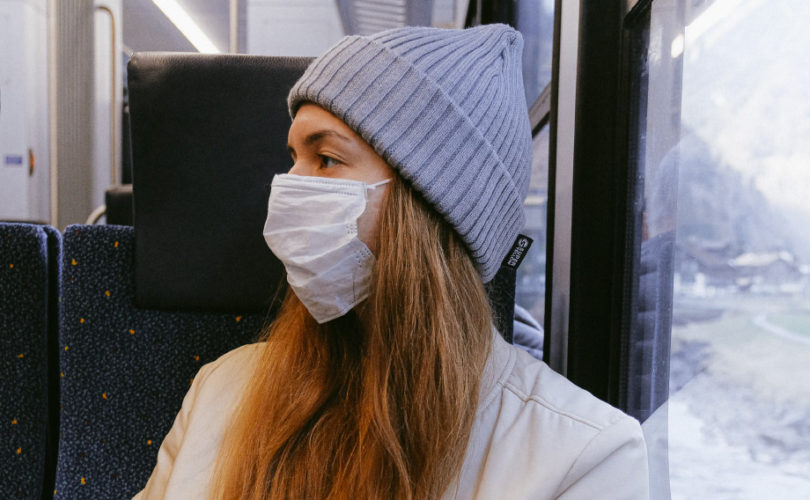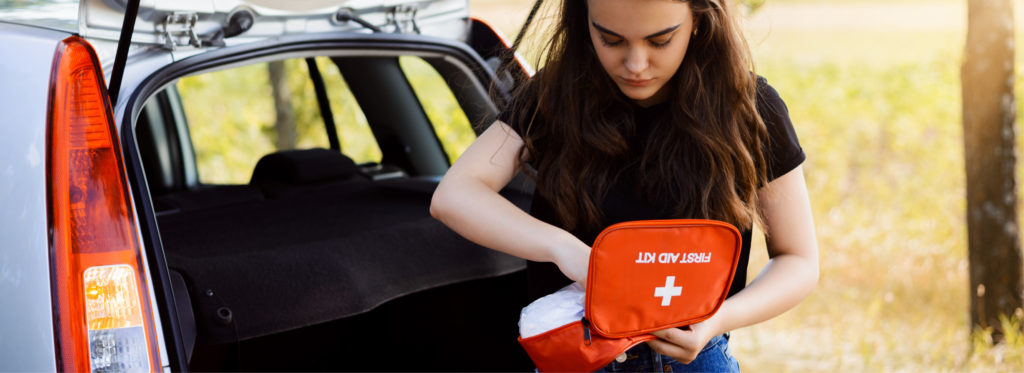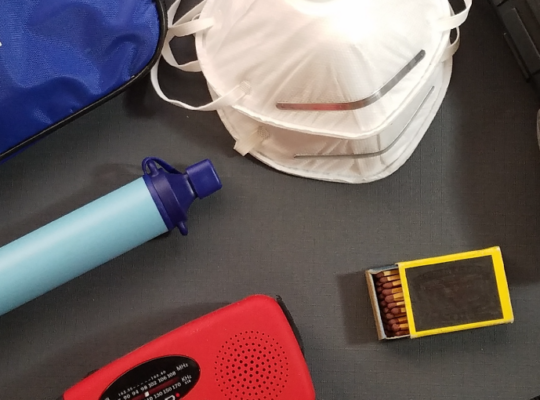This is the second part of a three-part series on the benefits of packing a first aid kit for travel. Check out the first part before reading this one, and the third afterwards.
International trips are really exciting, many people dream of seeing faraway places, meeting locals, and enjoying a great vacation. International travel requires lots of careful planning and thoughtfulness to avoid difficult or even dangerous situations when abroad. Whether you are a student traveling for the first time for a semester abroad or a seasoned expert, taking a little time to think through some of these items that you will want to bring will help you to better enjoy your trip. This section of the series will be focused on first aid while abroad.
What to Pack?
Depending on where you are traveling and how you are traveling will determine what you need, and when to pack it. For international travel via plane, you will only be allowed to bring limited quantities of creams, ointments, and liquids, so you may need to go to a drug store after landing. If you’re traveling by car, customs will, most likely, have no issues with your first aid kit. Our Compact First Aid Kit will easily fit into a carry-on and contains everything you need for minor injuries. It also comes with prepackaged antiseptic wipes and antibacterial ointments that meet most airline requirements. If you need, you can also carry a compact bag for first aid.
Researching First Aid Needs
Remember, certain items that might be readily available at home may be really hard to find in a different country. Checking travel guidelines and blogs from other travelers that are specific region that you are going to visit allows you to be as prepared as possible. Also, remember that prescription medicines may be very difficult to purchase once abroad, so taking a supply for your entire trip as well as extras in case of emergencies or unforeseen layovers will be beneficial. Many countries do not have the same brands for over-the-counter medicines as the US does and knowing the active ingredients will be very helpful.
Of course, you should pack based on the environment you’re traveling to. Traveling to London for business will require a basic first aid kit containing over-the-counter medicines as well as some basic first aid supplies. If you are taking a month-long trip through the African wilderness, you will likely need a much more comprehensive kit that can provide complete medical care when help may be hours or even days away. Make sure to plan and pack for any potential bacteria or diseases that are prevalent in the areas you’re visiting. Getting sick from an illness you haven’t been exposed to could easily lead to hospitalization.
Building Your First Aid Kit
A good way to start the planning process is to think about the types of situations that you might encounter on your trip and what kelly forceps first aid supplies you will need. For example, sunscreen would be needed on a trip to the tropics, but if you plan on participating in the Iditarod, you might want to pack some hand warmers and an emergency blanket. Brainstorming a few possible scenarios will give you a good place to start when you are shopping for a kit. Some of the most important items to have in a first aid kit for any type of travel are:
- Bandages of assorted sizes and uses. Having standard and finger/knuckle bandages will help you protect wounds from infection regardless of where they’re located.
- Over the counter pain relief. Don’t let a headache or minor strain keep you from exploring a new culture.
- Anti-microbial or anti-bacterial cleanser to kill germs or clean wounds.
- Hydrocortisone and poison ivy creams/wipes.
- Insect bite and sting relief kits.
- Medical tape and pre-wrap. Keep moving after a strain or sprain by securing your ankle or knee.
These items are packed in almost all of our first aid kits, but we also sell empty cases and bags to fully customize your supplies.
Prebuilt First Aid Kits and Bags
For long expeditions, and trips into remote areas, it might be a good idea to buy and stock a full trauma bag to ensure you’ve got enough supplies and the right supplies if emergency services will be hard to reach. Our trauma bags are lightweight and ergonomic without sacrificing quality or capability. These first aid bags will keep your first aid supplies sterile and secure, regardless of the environment. Our lines of tactical and medical backpacks are also great for traveling thanks to their ergonomic designs and high carrying capacities.
Any first aid kit should have supplies to clean and dress minor cuts and scrapes and treat pain and discomfort. Basic first aid emergencies can become much more of a problem if they are not treated in a timely manner.



